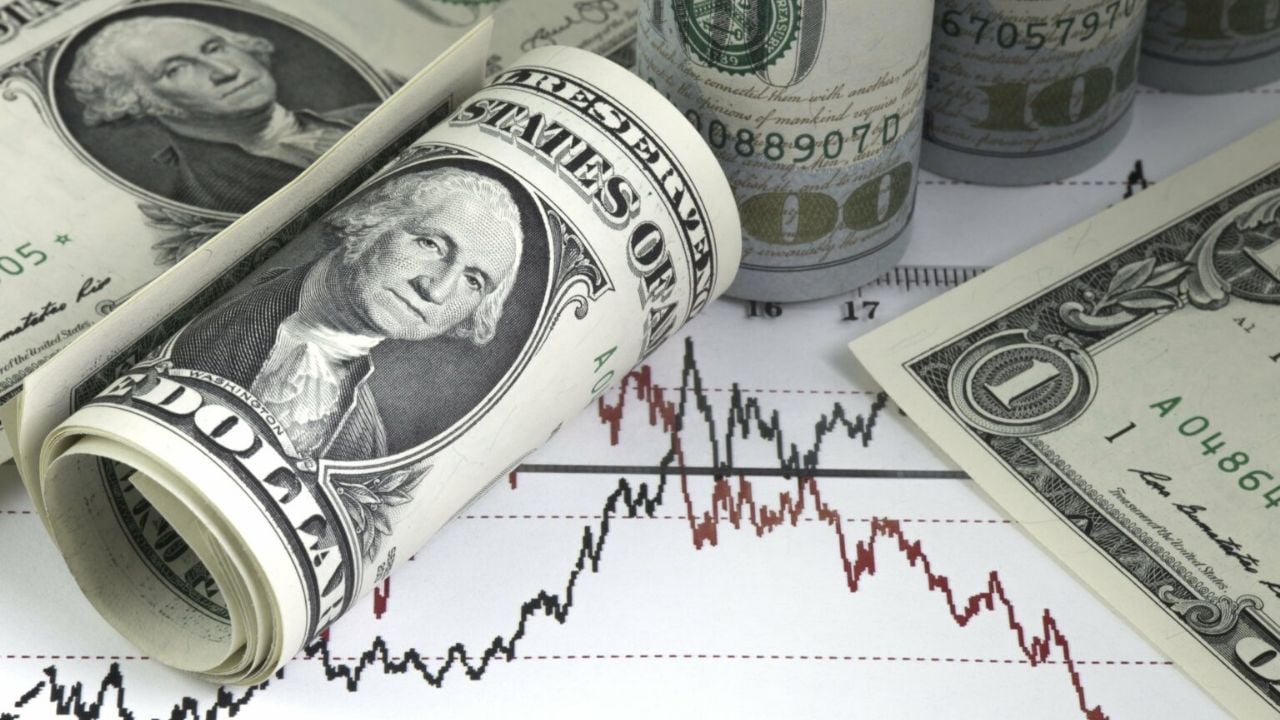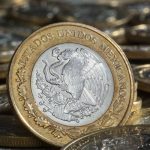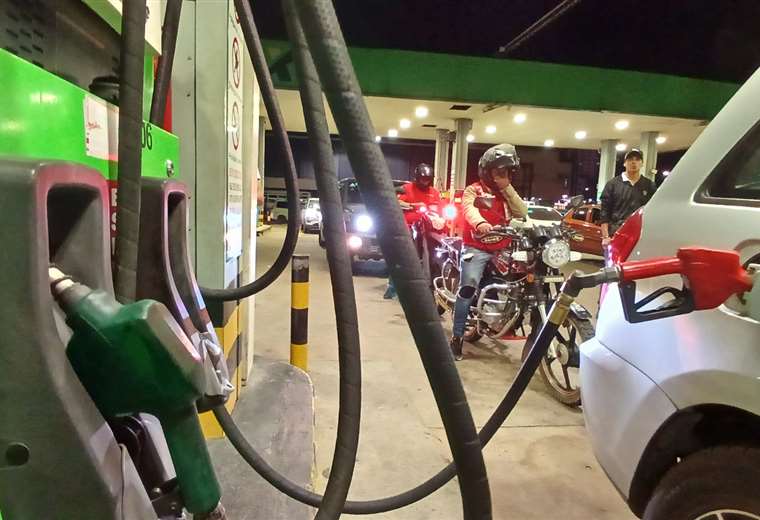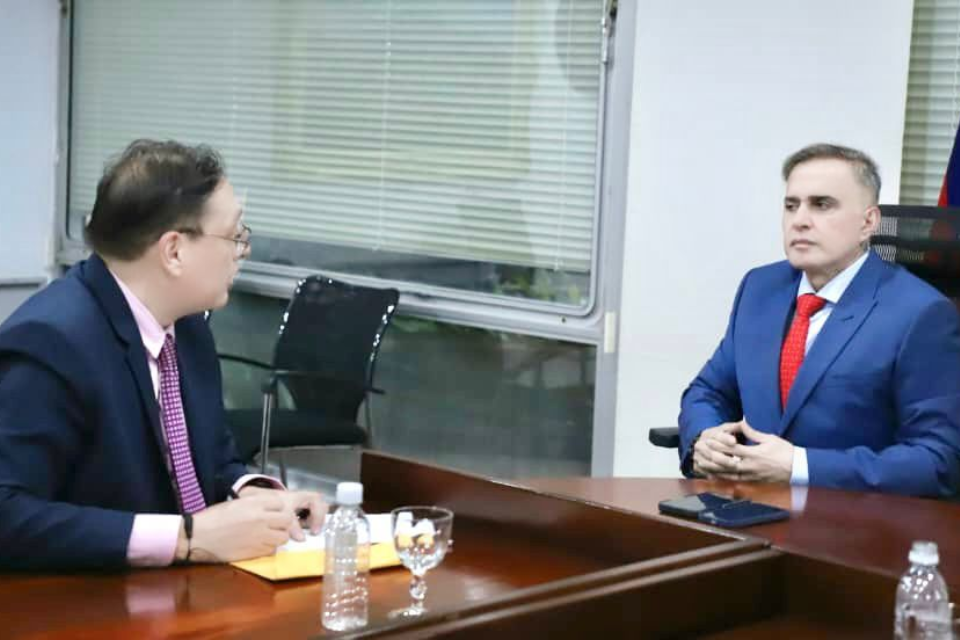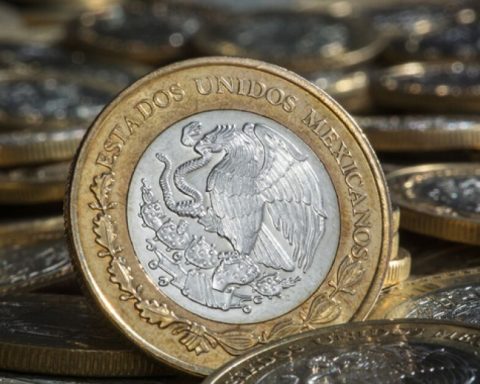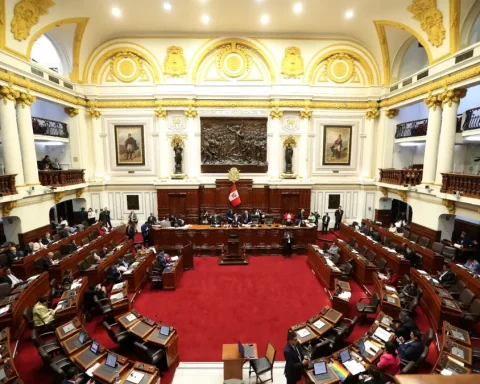He dollar The official exchange rate, which is the exchange rate controlled by the government and used for legal and commercial transactions, closed the second week at $938.50 for purchase and $978.50 for sale in banking entities.
This value is determined by the Central Bank of the Argentine Republic (BCRA) and is usually lower than the dollar blue due to restrictions and exchange controls imposed by the government. On the other hand, the blue dollar, which is the parallel and unofficial exchange rate used in the black market, was quoted at $1,250 for purchase and $1,280 for sale.
The gap between the dollar The official dollar and the blue dollar stood at 28.7%, reflecting the distrust of investors and the population in general towards the Argentine economy and the government’s exchange rate policies.In addition to the official dollar and the blue dollar, there are other exchange rates that are also relevant in the Argentine market.
The MEP (Electronic Payment Market) dollar was quoted at $1,232.17, while the CCL (Cash Settlement) dollar was at $1,252. These exchange rates are used primarily by investors seeking to dollarize their portfolios through the purchase and sale of bonds and stocks.

The crypto dollar, which refers to the value of the dollar in the cryptocurrency market, was trading at $1,241.573. This exchange rate has gained popularity in recent years due to the growing adoption of cryptocurrencies as an alternative to protect against inflation and the devaluation of the Argentine peso.
The dollar exchange rate in Argentina is a topic of great relevance and concern for the population, as it directly affects the purchasing power and the economy of the country. High inflation, the devaluation of the peso and exchange restrictions have led many Argentines to seek refuge in the dollar, which in turn has increased the demand and value of the blue dollar.

Reality
The Argentine government has implemented various measures to try to control the dollar exchange rate and stabilise the economy, such as imposing restrictions on the purchase of dollars and implementing additional taxes on transactions in foreign currency.
However, these measures have had a limited impact and have not managed to significantly reduce the gap between the official dollar and the blue dollar. The economic situation in Argentina remains uncertain and volatile, and the exchange rate of the dollar is dollar is a reflection of this reality.
